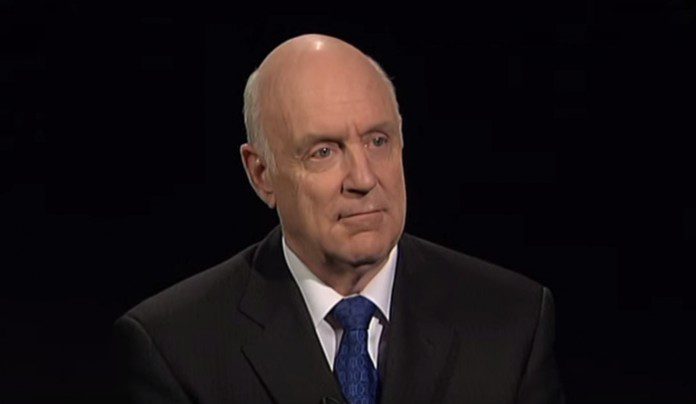Quantitative easing is the practice of adding money to an economy in order to stimulate it. The goal of doing so is to maintain interest rates at low levels so consumers are willing to purchase and invest. Lenders are also encouraged to lend money during the quantitative easing process so that the GDP can be supported through consumerism. In the pros and cons of quantitative easing, here are the key points to consider.
The Pros of Quantitative Easing
1. It encourages employers to continue hiring.
When spending occurs as a business, it encourages more profits. More profits encourage more jobs. More people working creates new spending opportunities for a business. The spending cycle helps to support the economy.
2. It helps consumers secure long-term low interest rates.
The difference between a 3.5% mortgage and a 5% mortgage is several thousand dollars over the course of a loan. Encouraging consumers to lock-in long-term loans helps to encourage big ticket spending that can power an economy through a potential recession.
3. It helps stimulate economies when traditional methods don’t work.
In the US, interest rates were already hovering around 0%. The economy was lagging and interest rates couldn’t be lowered any more. By adding more money to the economy, it was possible encourage growth without affecting interest rates at all.
The Cons of Quantitative Easing
1. There is a tremendous threat of inflation.
When more money is added to an economy, it means that all of the money in that economy becomes worth a little less. Less value equates to it becoming more expensive to purchase goods and services as a consumer.
2. It changes the value of international trade.
If more money is printed to pay for imports, then what value does this have to the trading nation? Eventually there is no value. This means trade dries up because the money being used to purchase items has little or no value.
3. The benefits are self-limiting.
As soon as quantitative easing measures cease, so do the economic benefits of the practice. Sometimes the benefits are reversed because of the amount of new money that is in the economy.
The pros and cons of quantitative easing encourage debt, but they also encourage an economy to grow. Consumers must practice wise spending in order to benefit from this type of economy stimulation. By evaluating each key point, the risks of this practice can be tempered.
Crystal Lombardo is a contributing editor for Vision Launch. Crystal is a seasoned writer and researcher with over 10 years of experience. She has been an editor of three popular blogs that each have had over 500,000 monthly readers.


















